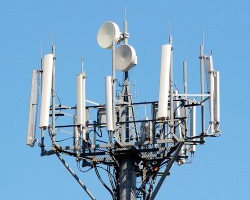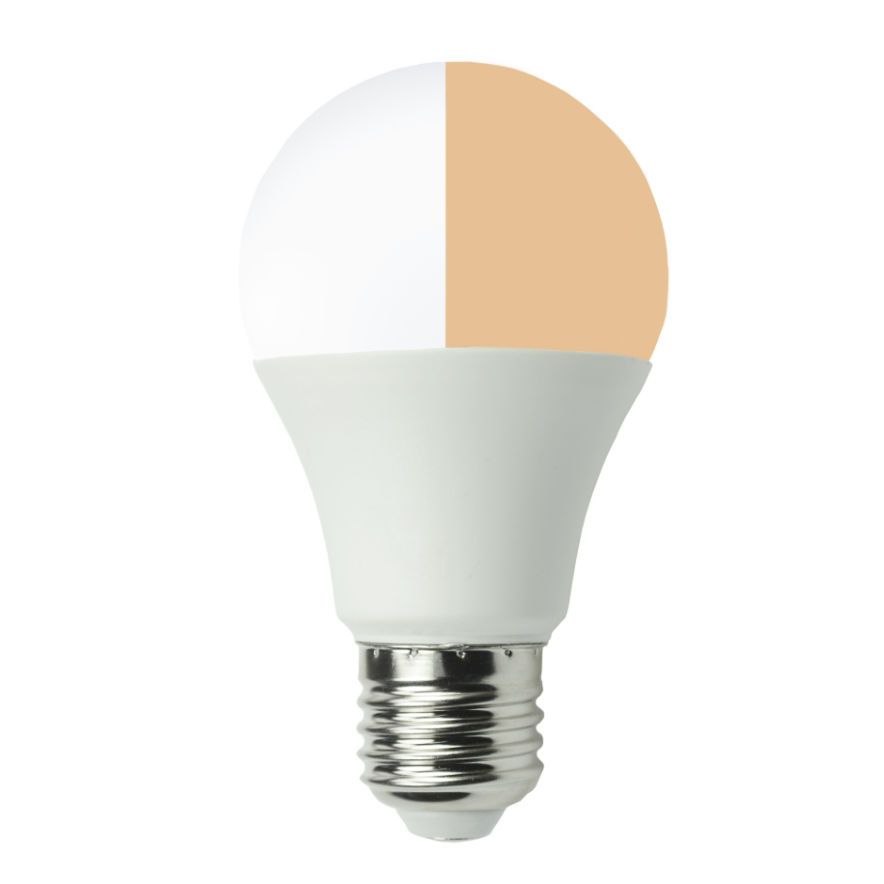High-frequency (radio)
In electrical engineering, high-frequency (HF) is the description of frequencies outside of audible sound waves.
Below are the most frequently asked questions about high-frequency:
In electrical engineering, high-frequency (HF) is the description of frequencies outside of audible sound waves.
In acoustics, this frequencyFrequency is the number of occurrences of a repeating event per unit of time. It is a physical measurement that is important for describing periodic processes, such as vibrations. More range is also called ultrasound.
Modern communication technology transmits data through high-frequency electromagnetic vibrationA vibration (also oscillation) is described as a measure that repeats after a determined time interval. More/radiation; the frequencies used here are in the MHz and GHz range. Examples of this are cell phones, smartphones, WLAN, DECT, baby monitors, WLAN, mobile Internet…
In the last few years, today, and in the future, countless studies have been and will be conducted to prove the harmlessness or harmfulness of high-frequency, pulsed electromagnetic radiation on the body. The link between mobile radio radiation and brain tumors could only be checked by research and the legal system and adjudged by the Italian Supreme Court as conclusive at the beginning of October 2012. The knock-on effect of the discovery in Europe and the rest of the world is still unforeseeable based on 30 years of research.

High-frequency in building biology and in practice
Geobiologists can recognize potential technical fault zones with appropriate measuring equipment and shield from them with adequate materials. We use shieldingShielding is the protection from the effects of external fault zones and environmental influences (on a person's health most of the time). More paint, shielding mesh or shielding fabric to effectively shield from HF. Our shielding materials can also be used to shield from tension fields and the current (low-frequency).
High-frequency explained on PROnatur24






















